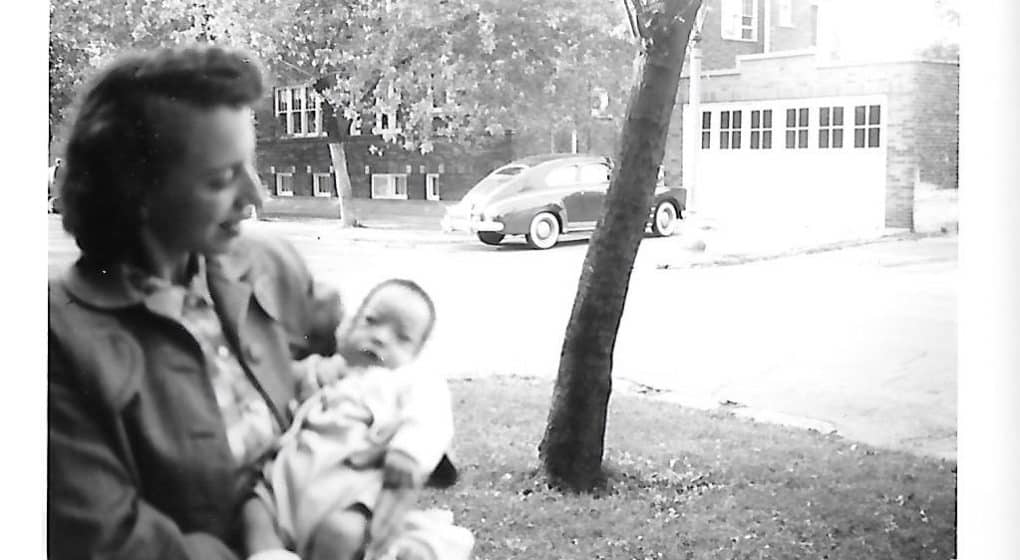
“All of us tend to have a primary attachment style with those we are closest to; however, our attachment templates aren’t static categories. Depending on who we are interacting withy, our bodies may come to expect different responses. . . . What’s important to understand is that most of us will likely have some blending into other styles — and that’s completely normal, even as we heal.”- Aundi Kolber
As Aundi Kolber moves on in Chapter 3 of Try Softer, she talks about an experiment carried out by developmental psychologist Mary Ainsworth and her colleagues in 1969. The Strange Situation experiment involved children ages twelve to eighteen months. In the study, researchers watched children interacting with their parents as well as complete strangers.
As a result, researchers developed four classifications for assessment:
1. Secure attachment. Today, researchers believe that between 50 and 65 percent of Americans possess a secure attachment. In addition, people who carry this style into adulthood experience greater relationships success and adjust to difficulties more easily. Also, when they need to, they draw upon better coping skills to self-soothe. Above all, this style strikes a balance between independence and interdependence.
2. Anxious ambivalent. Roughly 7 to 15 percent of people in the US have this style of attachment. Thus, they tend to struggle with expressly stating their needs and fear abandonment by those closest to them. Also, they believe that even if others haven’t disappointed them yet, they will. Therefore, they need repeated assurances.
3. Avoidant behavior. On the outside, people with this attachment appear unfazed in the midst of problems. However, on the inside their heart rates and internal responses run wild. To find calm, they learn to operate from a practical , emotionally distant, and self-reliant sphere. That lets them disconnect from the feelings of rejection they hold inside. If anything needs to get done, you must do it yourself.
4. Disorganized attachment. May show elements of the other three styles. But not on a consistent basis. Usually, this type of person has gone through compelling loss, trauma, or abuse. They often feel they live between a rock and a hard place.
Today’s question: What primary attachment style best describes you? Please share.
Tomorrow’s blog: “Wounds often surface when we feel safe”

